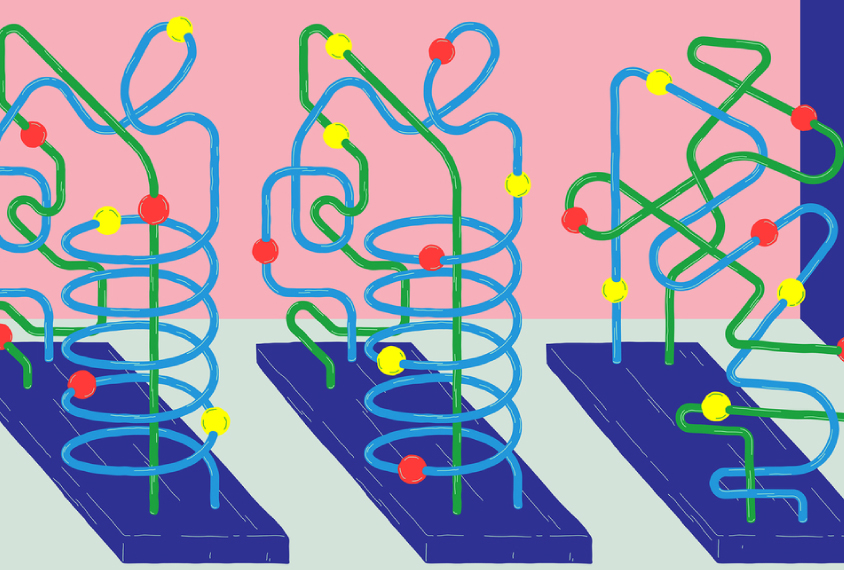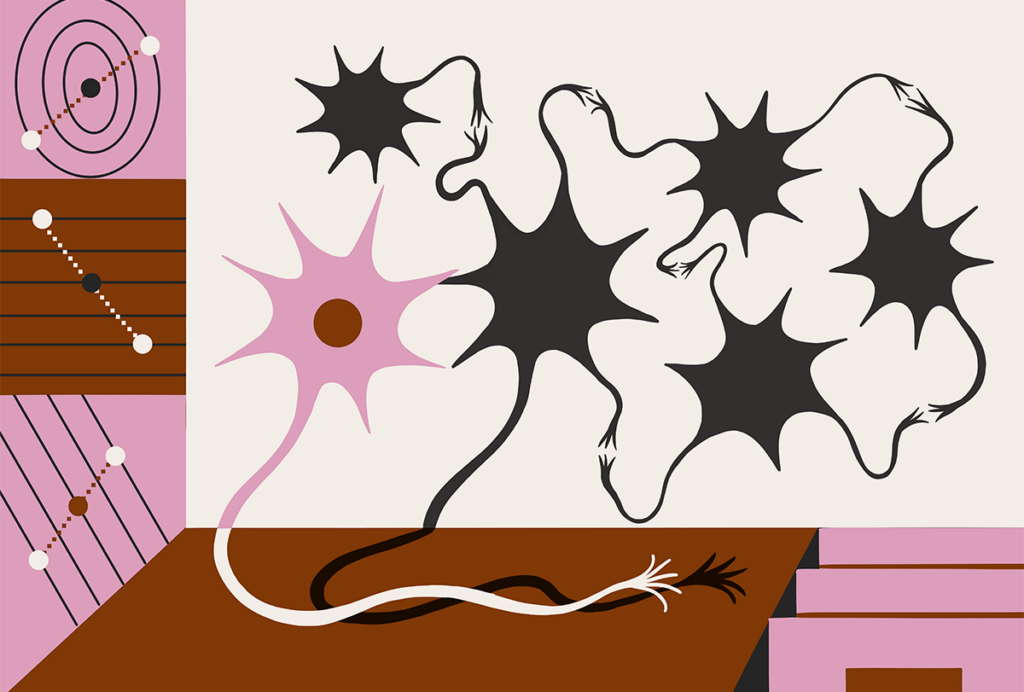Mosaic
From this contributor
For people with alexithymia, emotions are a mystery
One in 10 people struggle to recognize their emotions. New research suggests a vital link between our ability to sense our physical bodies and knowing how we feel.

For people with alexithymia, emotions are a mystery
Studying genetics in the age of big data
New biomedical techniques, like next-generation genome sequencing, are creating vast amounts of data and transforming the scientific landscape.

Studying genetics in the age of big data
How genetics is revealing rare childhood conditions
A pioneering project is showing how, 17 years since the first draft of the human genome, our genes are giving up their secrets and bringing hope to parents around the world.

How genetics is revealing rare childhood conditions
Explore more from The Transmitter
This paper changed my life: Nancy Padilla-Coreano on learning the value of population coding
The 2013 Nature paper by Mattia Rigotti and his colleagues revealed how mixed selectivity neurons—cells that are not selectively tuned to a stimulus—play a key role in cognition.

This paper changed my life: Nancy Padilla-Coreano on learning the value of population coding
The 2013 Nature paper by Mattia Rigotti and his colleagues revealed how mixed selectivity neurons—cells that are not selectively tuned to a stimulus—play a key role in cognition.
Genetic profiles separate early, late autism diagnoses
Age at diagnosis reflects underlying differences in common genetic variants and developmental trajectories among people with autism.

Genetic profiles separate early, late autism diagnoses
Age at diagnosis reflects underlying differences in common genetic variants and developmental trajectories among people with autism.
To persist, memories surf molecular waves from thalamus to cortex
During the later stages of learning, the mouse brain progressively activates transcriptional regulators that drive memory consolidation.

To persist, memories surf molecular waves from thalamus to cortex
During the later stages of learning, the mouse brain progressively activates transcriptional regulators that drive memory consolidation.